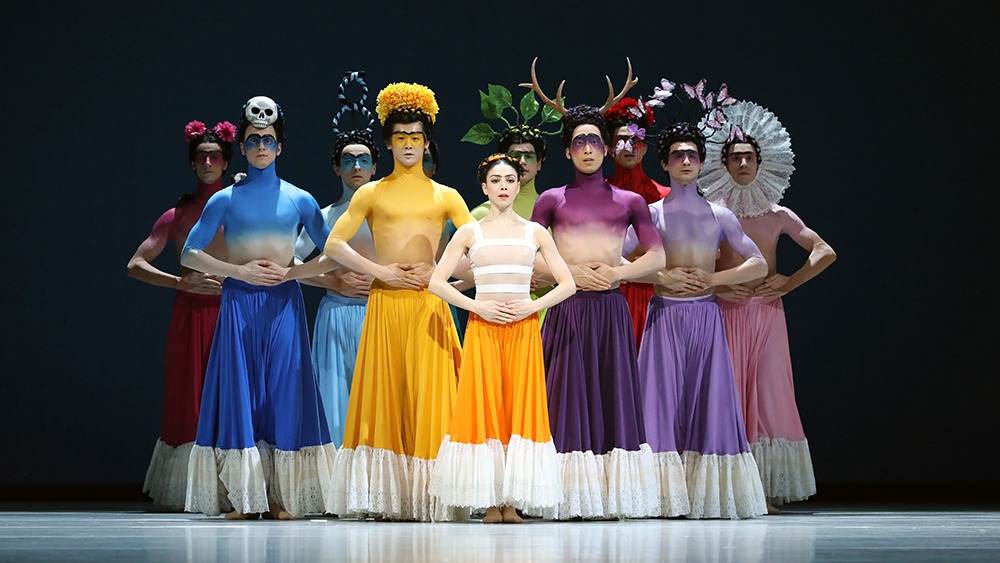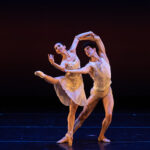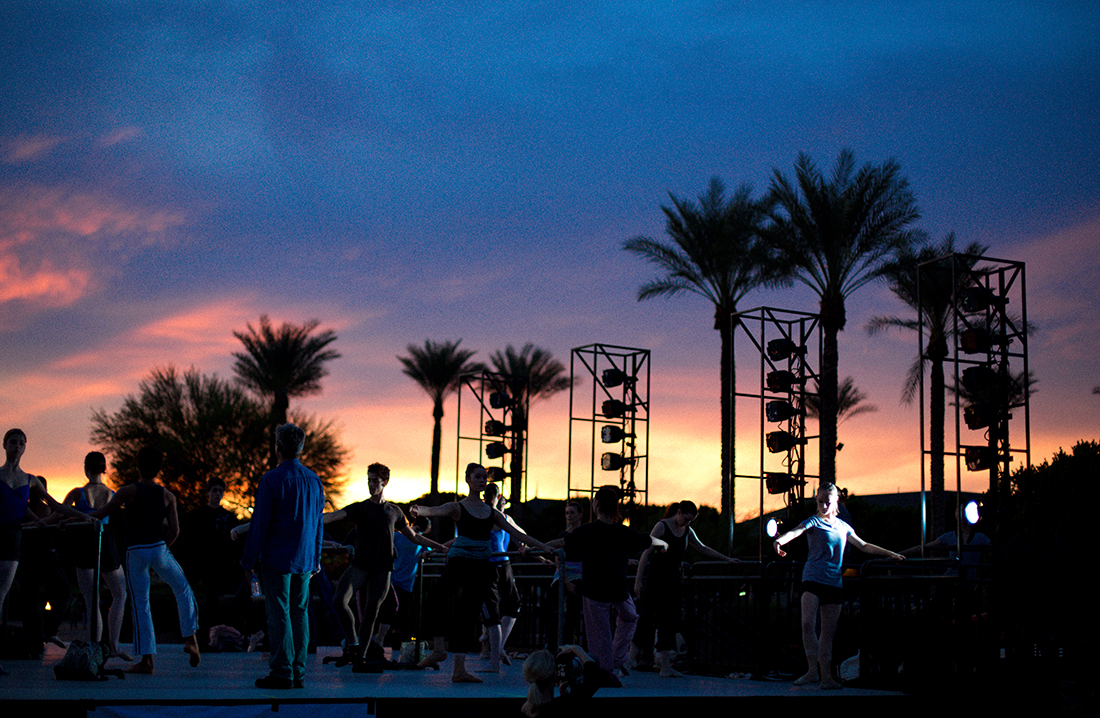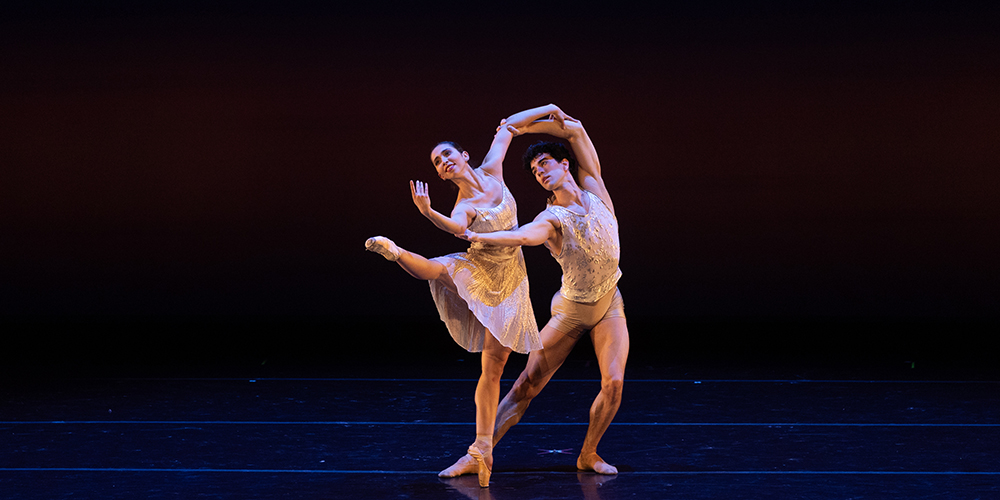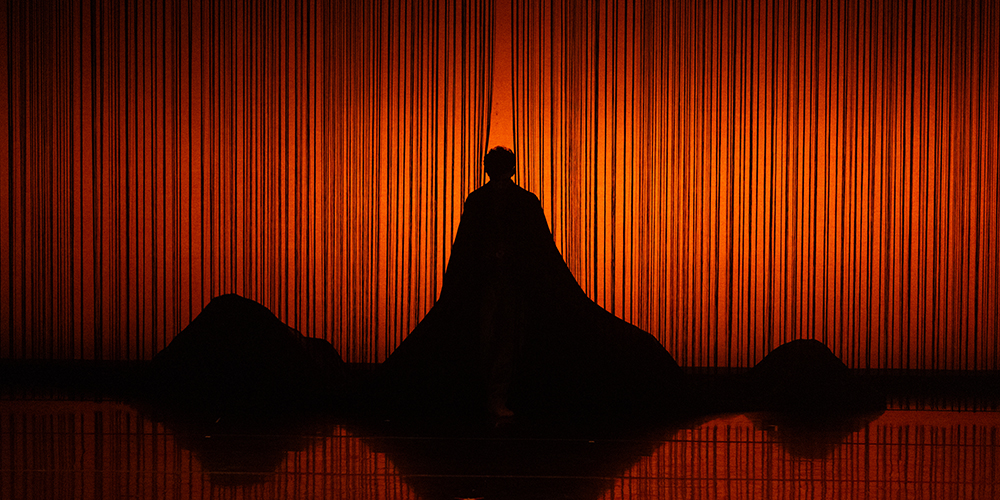Frida Kahlo’s name is synonymous with strength, individuality, and the unique ability to channel suffering into art. Born in 1907 in Coyoacán, Mexico, Kahlo’s life was marked by both physical pain and emotional struggles, yet she transformed these experiences into some of the most vivid works of art the world has ever known. Her deeply personal paintings, often centered on themes of identity, disability, and Mexican culture, resonate with universal themes of resilience, empowerment, and self-expression.
Kahlo’s early years were defined by hardship. At the age of six, she contracted polio, which left her with a limp that would stay with her for the rest of her life. However, it was a horrific bus accident at the age of 18 that would mark the turning point in her life. Kahlo suffered severe injuries to her spine, pelvis, and leg, leading to numerous surgeries and a life filled with chronic pain. During her recovery, she found refuge in painting, a form of expression that allowed her to process her trauma and emotions. Her work, often featuring surrealist, symbolic imagery, reflected the intimate struggles of her body and mind, while also embracing her Mexican heritage.
Frida’s relationship with Diego Rivera, the famous Mexican muralist, was another defining arc of her life. An extremely tumultuous marriage, marked by infidelities and emotional abuse, nonetheless fostered a mutual respect for each other’s art and contributions to the cultural landscape. Kahlo’s work was initially overshadowed by Rivera’s fame, but over time, her unique voice emerged as a defining force in the world of modern art.
While Kahlo’s physical and emotional pain was constant throughout her life, she found beauty in it, using it to fuel her artistic vision. This was ultimately, choreographer’s Annabelle Lopez Ochoa’s inspiration to create the ballet, Frida.
In 2020 the ballet Frida, choreographed by Annabelle Lopez Ochoa premiered, bringing Kahlo’s life and art to the stage in a dynamic and powerful way. Ochoa’s ballet showcases a blend of movement, music, and storytelling. It captures the essence of Kahlo’s life, painting the stage with the same energy, color, and emotion that Kahlo herself expressed through her art. In this ballet, the dance becomes a language to communicate the tension, passion, and beauty of Kahlo’s complex existence.
Ochoa’s choreography presents a dynamic fusion of contemporary and classical ballet, reflecting the intricacies of Kahlo’s personal journey. The ballet also pays homage to Kahlo’s Mexican roots, incorporating traditional Mexican music and imagery to evoke the cultural pride that was central to her identity.
What makes Frida by Ochoa particularly powerful is its ability to bring Kahlo’s personal narrative to life in a way that transcends the confines of visual art. Dance allows for an exploration of the body that mirrors Kahlo’s relationship with her own physicality. Through her art, she proved that even in the face of suffering, there can be immense beauty and strength. Ochoa’s ballet continues this legacy, using the transformative power of dance to pay tribute to the incomparable spirit of Frida Kahlo.
Written by the Community Engagement Department.

